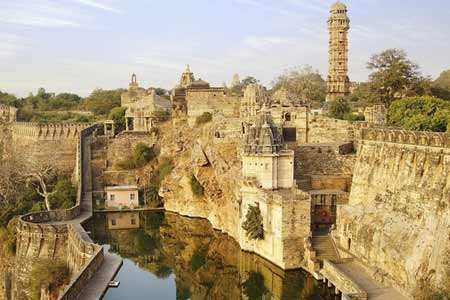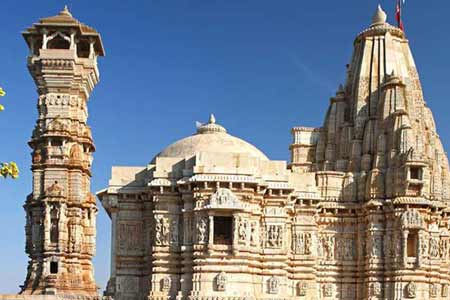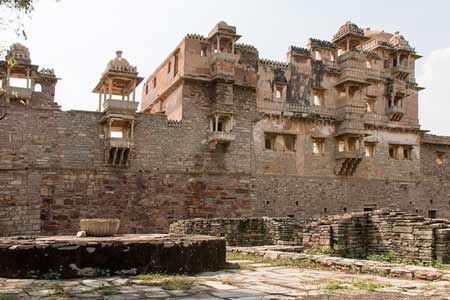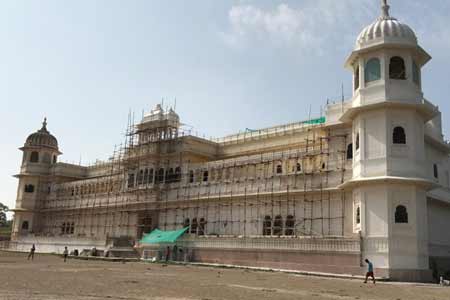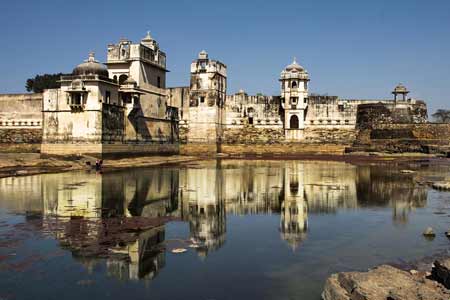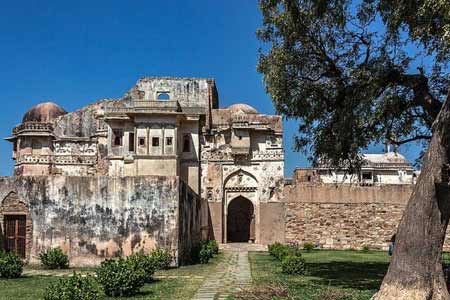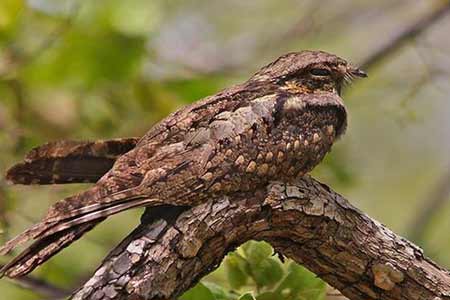
Rana Kumbha Palace
Rana Kumbha Palace in Chittorgarh is an important among the tourist attractions in Chittorgarh. The biggest monument among the places of tourist interest in Chittorgarh, the palace is a part of many legends associated with the beautiful queen Padmini of Chittorgarh. Named after the greatest of the Sisodias, the palace is of prime importance for people on their Chittorgarh tour.
Rana Kumbha Palace in Chittorgarh, Rajasthan is of great historical and architectural interest among the people on their visit to Chittorgarh. Its ruins speaking volumes of the glorious and courageous past of the Rajputs is famed among the tourist attractions in Chittorgarh. The Tripolia gate at the entrance opens to the large courtyard. Originally built by the founder of the House of Mewar, Bappa Rawal in 734 AD, it was renovated by Maharana KUMBHA (1433-1468). The famed poetess, Princess MIRA BAI once lived here.
The legend of PANNA DHAI saving infant Udai Singh is also associated with the palace. Places of tourist interest in Chittorgarh fort premises housed in the Rana Kumbha Palace include Suraj Gokhra, Zanana Mahal, Kanwar Pada Palace, Diwan-i-am and a Shiva temple. Rana Kumbha Palace in Chittorgarh, Rajasthan, India is the very place where Padmini committed Jauhar or self-immolation along with her lady 700 followers to save honor.
Architectural Importance
Rana Kumbha Palace is a huge structure, built inside the Chitorgarh fort area. This fort itself is a giant barrier to protect this palace from external aggressions. The entire edifice is built of sandstones, which are not of equal proportions. This fort will be looking as if it was ruined long back, but it is not as such. The fill up of irregular size of these stones make them look like a ruined one. But the fort and the palace are still standing on this unparalleled stones. It has nearly 4 stories, were a central court yard is present which can occupy a 700 members. A special queen house is built here. There are many underground cellars, for storage purpose. The distinguished part is the large pound built here, for palace utility purposes. There is also a large water reservoir built inside this fort area, which is no were seen in other parts of Rajasthan. This reservoir was the main water supply for the Chittorgarh Village. There are two high raised towers built here to mark the victory of Chitorgarh and the other tower is the mark of fame of the Rajputanas in this regions. The palace is raised high from a large basement which is in the shape of a rectangle. There are many open doors and windows found here. It is believed that these open doors and windows provide a smooth flow of air throughout its buildings. The stone carving works on the victory and fame towers are awesome. There are also carving activities on the tower domes, arch doors and open windows. Another notifying feature is this palace looks like a step tower, when viewed from different angles. There are many small temples built inside which are uniquely carved on these stones Another important features is that there are very less use of bonding past or tartar used in construction of the entire fort and palaces. It is a joint strength of the stone placed in a dynamic mode. That why this palace is still standing great in the history of time.
Historical Importance
Rana Kumbha Palace was built on a ruined palace built in the 734 AD. The new palace was built here by the great Maharaja Kumbha from the period of 1433 AD to the 1468 AD. He was known for his art and cultural patronages in Rajasthan's Mewar Dynasty. This palace was in the attack of Ala-ud-din Khilji of Khilji Dynasty of Northern part of India, in the year 1303 AD. This attack and capturing of Maharana made the Maharani Padmini and a set of women's in this palace committed Jauhar a custom in Rajasthan, were the war mans women's self immolate when their husbands are in war, this is done to safe guard their honor and not to come in trap of the enemies and get harassed by them. It is said that this kind of Jauhar were committed twice and more than 1000 women's were charred here by fire. This is also said in the history of this fort that their soul s is still haunting this palace. The great devotee of Lord Krishna named Meera came to its palace temple and worshiped in this place is well known in the history of this fort a palace.
Chittorgarh Tourist Attractions
The state of Rajasthan is culturally rich and has great historical importance. Chittorgarh is one of the popular destinations for tourist travel in Rajasthan. Chittorgarh city lies on the banks of Rivers Berach and Gambini. One of the significant landmarks in the city is the Chittorgarh fort. Once ruled by the Sisodia dynasty of Mewar, Chittorgarh is reminiscent of the brave kings who ruled this kingdom.
The fort of Chittorgarh was home to a fiercely independent clan of kings who fought off three invasions. Three times the women of Chittorgarh fort committed Johar. Some of the famous warriors of Chittorgarh include Jaimal, Phata, Badal and Gora who put up a tough battle against invaders such as Allaudin Khilji and the Mughals.
The wildlife sanctuary of Bassi is situated at a distance of 5kms from the Chittorgarh. This sanctuary, which sprawls over 50 sq km, is home to panthers, mongoose, wild boars and migratory birds. There are some other places of interest such as the Kalika Mata Temple, the Vijay Stambh, the Kirti Stambh, Rani Padmini’s Palace, Fateh Prakash Palace etc.
Chittorgarh is well connected to the rest of India by the Golden Quadrilateral highway system which passes through the city. The city of Chittorgarh lies by the NH 76 and 79. The state roadways have a regular bus service which can be used to reach Chittorgarh. The nearest railhead to the city of Chittorgarh is the Chittorgarh Railway Station. The nearest airport is Udaipur which is situated at a distance of 70 km from Chittorgarh.
 +91 9549279999
+91 9549279999 
